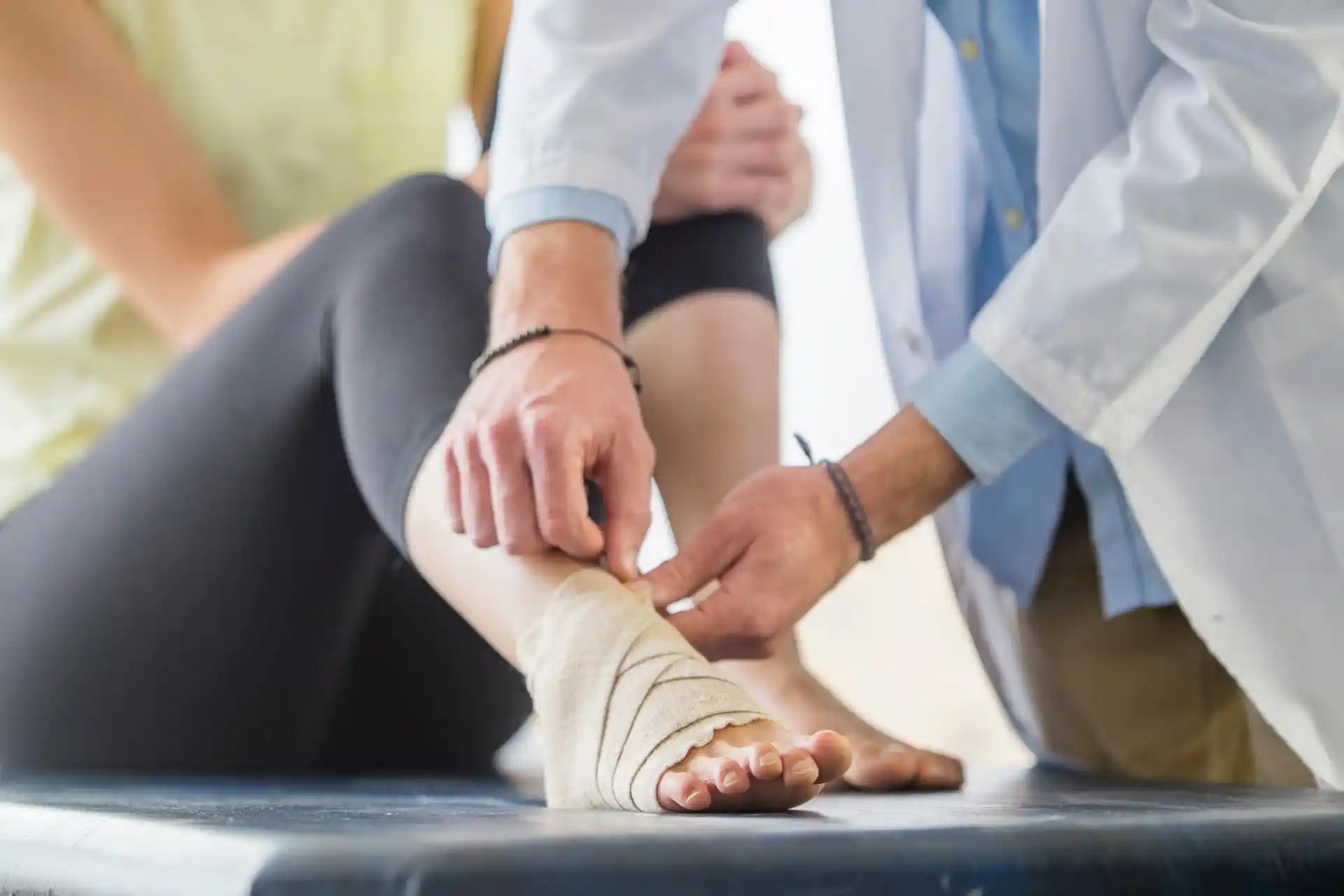Understanding Tendon Healing
Duration of Tendonitis Recovery
The duration of tendonitis recovery can vary significantly based on the severity of the condition and the treatment approach. Generally, tendonitis can take between two to three weeks to heal after treatment, but severe cases may take a few months.
Acute tendonitis typically resolves within a few days to weeks, while chronic tendonitis can take up to six weeks to heal.
For more information on specific types of tendonitis, such as wrist tendonitis or Achilles tendonitis, visit our dedicated pages.
Factors Affecting Healing Time
Several factors can influence the healing time of tendonitis. Understanding these factors can help you manage your condition more effectively and potentially speed up recovery.
- Severity of the Condition: Mild cases of tendonitis may heal within a few weeks, while severe cases can take several months.
- Location of the Injury: Tendon injuries in the upper body, such as elbows and wrists, can cause aggravation for six months or longer. In contrast, symptoms in the lower limbs, including Achilles tendonitis, will likely fade within a few weeks to months.
- Rest and Recovery: Adequate rest is crucial for tendon healing. Strenuous exercises or activities that stress the healing tendon should be avoided. Healthcare providers will advise on when it's safe to return to sports and activities post-healing.
- Treatment Approaches: Effective treatment approaches, including physical therapy, medications, and natural remedies for tendonitis inflammation, can significantly impact the healing time.
- Chronic Condition: Chronic tendinitis can take more than six weeks to heal, often because the patient doesn't give the tendon time to heal before going back into aggravating activities for the tendon.
For more detailed information on managing tendonitis and the best treatment approaches, visit our sections on tendinopathy and tendinosis treatment.
Treatment Approaches
Non-Surgical Treatments
Non-surgical treatments are often the first line of defense against tendonitis. These methods focus on reducing pain, promoting healing, and preventing further damage.
These treatment options should be treated as a general guideline, always consult with a healthcare professional for personalized guidance on tendonitis treatment and medication that is right for you.
- Activity Modification: Adjusting your activities to avoid movements that exacerbate the condition is crucial. This can help reduce strain on the affected tendon and allow it to heal.
- Pain Management: Nonsteroidal anti-inflammatory drugs (NSAIDs) or acetaminophen can be used to manage pain. These medications help reduce inflammation and provide relief. Check out our article on the best anti-inflammatories for tendonitis.
- Physical Therapy: Engaging in physical therapy, particularly exercises that focus on eccentric loading, can strengthen the tendon and improve its function. Eccentric exercises involve lengthening the muscle while it is under tension, which can be beneficial for tendon healing.
- Corticosteroid Injections: Corticosteroids can be effective in reducing pain, but they carry risks such as weakening the tendon and potentially speeding up osteoarthritis.
- Fenestration: This procedure involves creating small holes in the tendon to increase blood flow and promote healing. However, it can be extremely painful, and responses to the treatment can vary.
- Platelet-Rich Plasma (PRP) Therapy: PRP therapy involves injecting a concentration of the patient's own platelets into the affected area to promote healing. This treatment is still being studied for its effectiveness in tendinopathy.
For more information on managing tendinopathy, visit our page on tendinopathy.
Surgical Interventions
Surgical interventions are considered a last resort for tendonitis when non-surgical treatments have been unsuccessful. Surgery may be necessary if there is significant damage to the tendon that cannot heal on its own.
- Tendon Repair: This procedure involves removing abnormal tissue and stimulating healing in the healthy tissue. It can help restore function and reduce pain (Cleveland Clinic).
- Debridement: This surgical technique involves cleaning out the damaged tissue from the tendon. It can help reduce pain and improve the tendon's ability to heal.
- Tendon Transfer: In cases where the tendon is severely damaged, a tendon transfer may be performed. This involves using a healthy tendon from another part of the body to replace the damaged one.
For more details on surgical options, visit our page on supraspinatus tendinopathy surgery.
Seek RELIEF®
RELIEF® offers a science-backed, targeted approach to addressing symptoms associated with tendinopathy and tendonitis.1,2,3,4,5,6,7,8,9
Focusing on treating impacted connective tissue, also known as fascia, that surround the affected tendon to promote healing and enable further support for nearby musculoskeletal structures. RELIEF® is a minimally invasive alternative to traditional treatments—and requires no steroids, medication, surgery, anesthesia, or post-procedure immobilization.
Contact us today to schedule a consultation and learn more about how RELIEF® may help tendinopathy and tendonitis.


.jpg)
.jpg)


.svg)